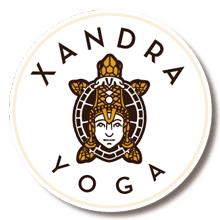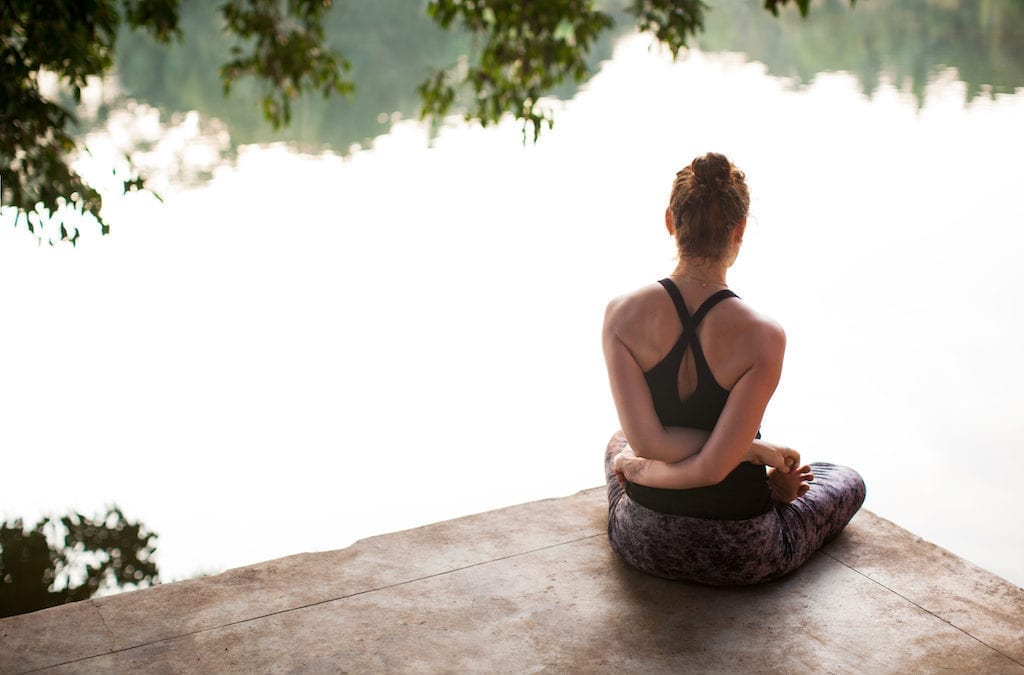Photo : Mirta Photography
How do we teach yoga for beginners?
Very simple, you have to make them move.
Maybe they are beginners in Yoga, but most probably they already have some practice with any others physical activities. From now and then it is very rare to meet people without any sports backgrounds.
A beginner is not a sick person
Therefore just start teaching 5 Sun Salutation. If you are teaching Hatha Yoga Style then choose 4 to 6 Sun salutations.
Try to teach with your voice only, because you will have to see your students while teaching. You can show some asanas while teaching the sun salutation but do not perform all set of sun salutation, better to make them understand how to move by the sound of your voice. In case there is no other option then practice with them the Sun Salutation.
A beginner is here to learn
Most of the time the beginner is here to learn how to move, how to practice yoga posture. The Yoga will come later. That is just the beginning.
Therefore you can plan your class with all range of movement such as forward fold, lateral flexion, extension, pronation, supination, inversion, balancing pose, closing series, and even make an introduction to Shirshasana.
Explaining where to bring the weight (not on the head), how to use the scapular belt and so on.
Teaching Asana name
I am old school. Even for beginner I do teach asana in Sanskrit.
In Dancing class all names are taught in French (jeté, pirouette, pas de bourré, contretemps), in Karaté they use Japanese term (Gedan, Seïza, Yame), in anatomy latin (scapula, rectus femoris, erector spinae).
Sanskrit does bring the right flavour to the posture.
For instance Utkatasana has been called as a Chair, while Utkata does mean « Fierce ». The symbolic of this posture is the throne of Hanuman, so we are not sitting in a simple chair while doing Utkatsana, but we are sitting on a throne with pride.
Beginner are not fragile human been
Outside the case of a real sick person, having real back problem issue. If you are receiving someone who had back surgery and comes to yoga because he wants to heal faster, be sure to have the knowledge before teaching it. As a Yoga teacher we are not therapist, unless you have the anatomy notion and that is your background, other than that redirect any student coming from a yoga therapeutic approach to a real professional.
Now if after the class or during the class, some beginners are telling you feeling pain here and there, that is normal.
Could you imagine if they never ever twist their ribcage, or stretch any intercostal muscles, the body will react. Toxine in the muscles will be moved from one place to another place, then emotions can start having fun as well, moving is something very organic and especially in yoga, we are moving with our breath, when it is the first time it can be challengin.
That is why you should encourage your students to come back.
One practice is good, regularity is the best.
Beginner sequence
You can start with 6 Hatha Sun Salutations, or 5 Vinyasa Sun Salutations.
If your students keep coming back then from the course number 3 you can start introducing the Suraya Namaskara B.
Tadasana
Forward fold : Padanghustasana / Padahastasana
Lateral flexion : Trikonasana A / Parshvakonasana A
Balance : Vrikshasana / Parshva Vrikshasana on the side / Uttitha Hastha Padanghustasana
Twisting : Virahadrasana 1 twisting / Trikonasana B
Hips opening and forward fold : Prasaritta Padotanasana (A, B, C or D)
Sitting postures:
Dandasana
Forward fold: Paschimotanasana (A or B)
Forward fold, hips opening: Janu Shirshana A
Twisting: Parighasana / Marichyasana C
Balancing: Prep for Bakasana
Backbend: Purvotanasana / Ustrasana
Pronation: Bhujangasana / Shalabasana / Urdhva Dhanurasana
Supination: Supta Padanghustasana A / B
On the back: Chakrasana ou Setu Bandhasana
Closing Series: Sarvangasana (avec ou sans mur), Halasana (avec ou sans brique), variation Matsyendrasana, variation Uttana Padasana
Inversion: Preparation to Shirshasana with Makarasana
Shavasana : 8 to 10 minutes
Breathing exercice: Nadi Shodana sans rétention.
If you teach one hour course, then your asana practice should be approximately 45 minutes, 8 minutes Shavanasa, rest of pranayama.
It will also depends on how many breathing you are giving them during each asanas.
For a start 5 to 7 breathes is really good. Do not forget they are beginners, they need to move in order to circulate the prana. Also they should not be bored for their first class, you want them to come back. If they are staying too long in one asana they might not like it, not saying that you should do the course in order for them to like you, but just remember your very first class of yoga.
When you are not use to breathe it is very hard to understand how to stay longer in any asana. For the first course, be gentle with them. The more they will come back, the more you can go deeper into holding the asana.
Be patient but do not treat them as a kid. Do not adjust them every time an asana is not aligned, just make sure they are not hurting them but avoid to touch them every 5 minutes. It can be disturbing for the mind.
If they are breathing through the mouth, just let them be, at least they are breathing, you will be able to correct it during the second class.
Avoid to bring them brick and yoga belt for all asana they can not do or can not stay. Unless you are teaching Iyengar brick and yoga belt are useful, outside of it, it is just to perform asana that normally you can’t do, and it does not help that much to build the necessary strength and flexibility for the body in order to do the asana.
Do not bring them down, encourage them and underline their efforts.
Namaste!


